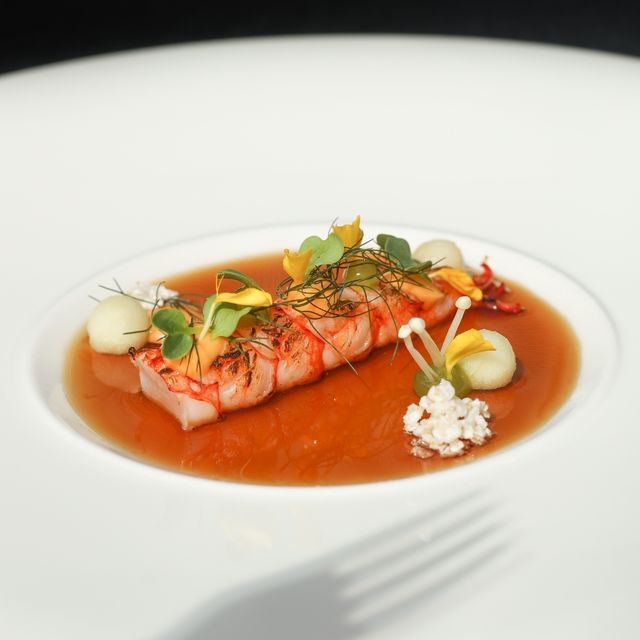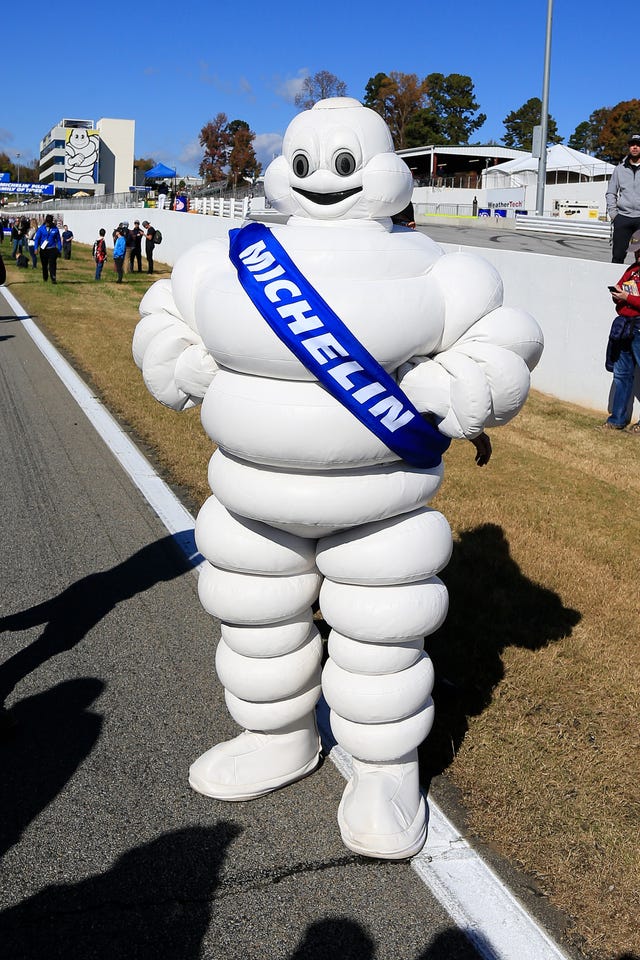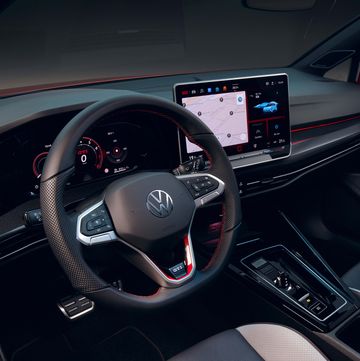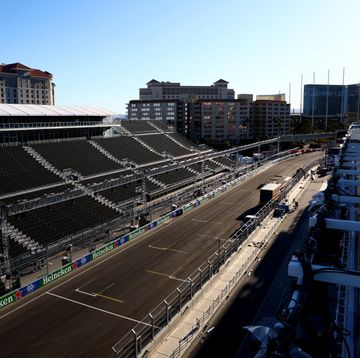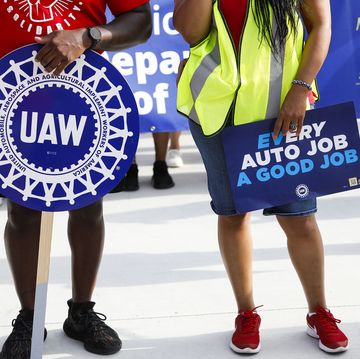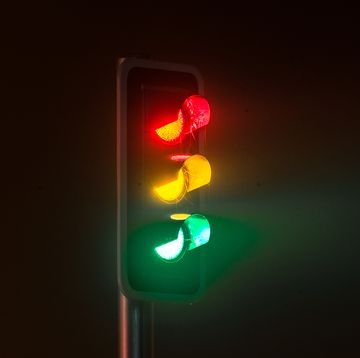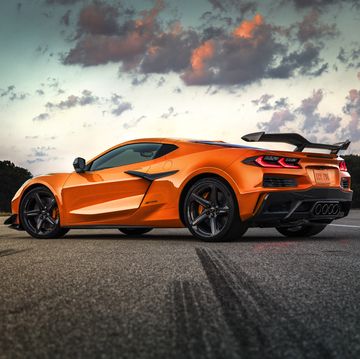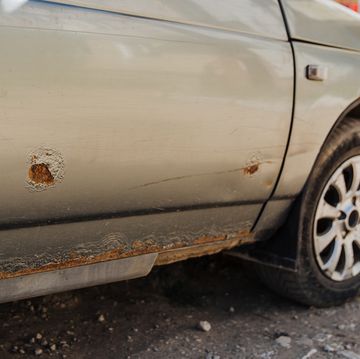As an automotive history aficionado, finding interesting crossovers with other industries has always piqued my interest; the origin story behind the Michelin Star rating system remains one of the most interesting. The restaurants you and I go to are usually rated on a five-star system. However, fine-dining establishments are often evaluated using the Michelin Star system—in which a maximum of three stars can be awarded. It’s an accolade that has been around for over a century, and comes with a very peculiar origin story.
The Michelin Star rating was the brainchild of André and Édouard Michelin—yes, the same French brothers who started the world-renowned tire brand. Not only did it become the standard benchmark for fine-dining establishments, but it was also a clever ploy for the brothers to carve out their own market.
Here’s a quick rundown of what the three stars signify:
- One Star ⭐️: a very good restaurant
- Two Stars ⭐️ ⭐️ : excellent cooking that is worth a detour
- Three Stars ⭐️ ⭐️ ⭐️ : exceptional cuisine that is worth a special journey
It all started with the Michelin Guide, which was minted in 1900, and actually had little to do with fine dining and everything to do with the automobile. The first car ever made—or at least the first to be patented—was Carl Benz’ “three-wheeled Benz Patent Car, model no. 1” that arrived in the late 19th century. Therefore, the goal with the Michelin Guide was to simply drum up interest in automobiles—and the tires that would soon follow. For perspective, there were mere hundreds of cars on French roads at the time.
The first Michelin Guide didn’t actually include any kind of restaurant rating system at all. In fact, the first run of 35,000 copies featured maps (including lists of restaurants, hotels, and mechanics on popular routes) along with instructions on how to repair and replace tires—and it was distributed for free. While it did include information about restaurants, the first run was printed to showcase the amenities available on the open road and influence readers to buy automobiles.
The actual Michelin Star rating didn’t come about until the 1920s, after World War I had run its course. The Michelin brothers wanted to improve upon the first iteration, making all of the content much more in-depth, while ditching the advertising; therefore, they began charging for the tarmac almanac. The first Michelin Star ratings were dished out in 1926.
💡 Michelin now has a digital guide to help find Michelin Star restaurants in your area.
Michelin’s second-edition guide was limited to only restaurants in France—which could only be awarded one star. In the early days, having a Michelin star merely meant that your restaurant was a “fine-dining establishment.” It wasn’t until 1931 that the system would expand from one to three stars. After it had been well-established in France, the guide would take another hiatus throughout the course of World War II, as it contained maps that would have been useful to the Allied forces.
Surprisingly, the rating system didn’t reach prominence in the United States until the early 2000s. Coming to America, it would solely focus on fine-dining establishments in New York, but would eventually expand to restaurants nationwide. Starting from humble beginnings in France, the Michelin Star system now recognizes restaurants in 37 countries around the world in Europe, Asia, North America, and South America.
Matt Crisara is a native Austinite who has an unbridled passion for cars and motorsports, both foreign and domestic. He was previously a contributing writer for Motor1 following internships at Circuit Of The Americas F1 Track and Speed City, an Austin radio broadcaster focused on the world of motor racing. He earned a bachelor’s degree from the University of Arizona School of Journalism, where he raced mountain bikes with the University Club Team. When he isn’t working, he enjoys sim-racing, FPV drones, and the great outdoors.
